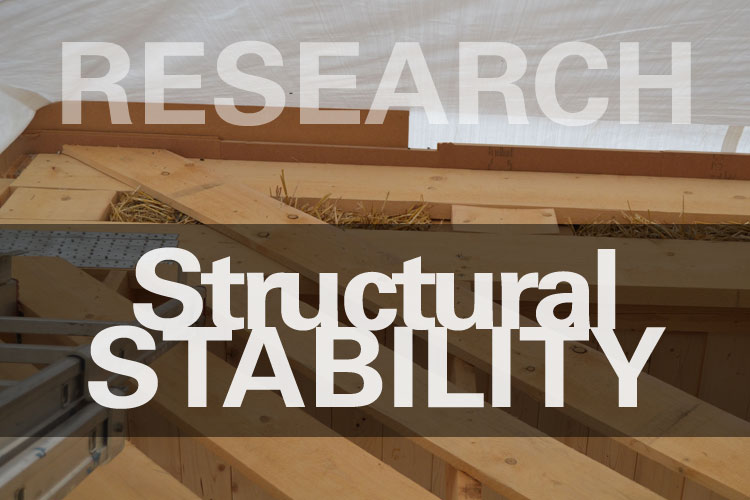The use of straw bales in construction has been continuously increasing over the last years, because straw offers advantages over the use of conventional materials in terms of sustainability, hygro-thermal insulation properties and has good mechanical properties.
In this paper, a simple rheological model for the description of the mechanical behavior of straw bales based on biconical springs is proposed. Given the geometry and the density of a straw bale, the model predicts the mechanical response in terms of force and displacement. The effectiveness of the model is verified through the comparison of the force–displacement diagrams obtained in experimental compressive tests for bales laid flat and on edge. It is shown that the model is able to reproduce the results of a series of straw bale compressive tests.
Authors: Molari, L.; Maraldi, M.; Molari, G.
Link: http://www.sciencedirect.com/science/article/pii/S0093641316302488



